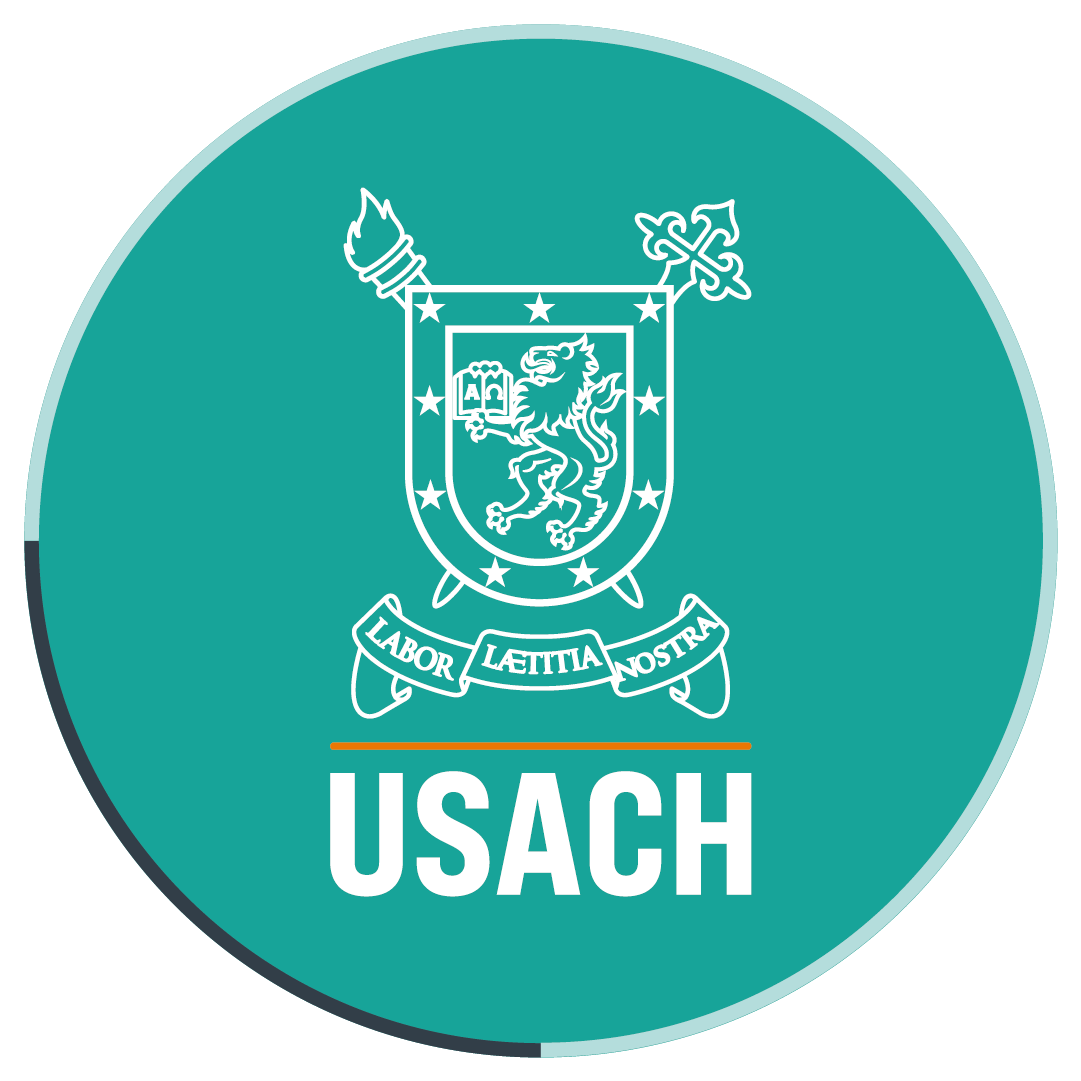Plant biostimulant and fertilizer developed by students at Universidad de Santiago succeeds in the international market
- After the success of Nutrisato- an innovative natural fertilizer that increases by 50% the size of fruits, vegetables and plants- in the international market, its creators opened an agricultural additives company.
In his search for environmentally friendly biotechnological solutions, Alejandro Muñoz, biochemist and student at the Biotechnology doctoral program of the Faculty of Chemistry and Biology of Universidad de Santiago, developed an interesting plant biostimulant based on organic molecules which is able to increase fruits, vegetables and flowers twice their size in the same period of time.
Later, Carla Céspedes, an agronomist from Universidad de Chile, and Rodrigo Ferreira, student at the Commercial Engineering program of the Faculty of Administration and Economics of Universidad de Santiago de Chile, joined the project team and took the responsibility of placing the product in the agricultural market.
After the positive outcomes of testing Nutrisato in peppers and tomatoes, the students participated in the Brain Chile program contest and won the first place. They used the funds that they were awarded to continue developing the product to a level that they never expected: today, they have their own company called Ingeniería y Biotecnología Limitada, Atama Biotech Ltda.
Nutrisato in the market
After the Brain Chile Contest, they continued testing Nutrisato. They found that it was harmless to people and the environment and it also “doubled the size of the products, increased the production of fruits by 50% and the production of biomass in vegetables by 30%,” Alejandro Muñoz explained.
Carla Céspedes, who is responsible for the agronomic development of Nutrisato, explained: “The first products in which we tested the biostimulant were harvested in April, but after the contest, they were left abandoned in an area with Andean climate. In that context, we realized that the fertilizer reduced the cold stress in plants and enhanced their hygroscopic properties.”
Supported by recent tests, the researchers confirmed that the fertilizer worked in every product in which they used it, like spinach, celery, parsley, coriander, tomatoes, peppers, onions, cherry tomatoes and ornamental plants like tulips, roses and daisies.
Now they are testing the product in hydroponic lettuces and tomatoes, and in berries and citrus fruits, in Valdivia.
With regard to the marketing of the product, Rodrigo Ferreira, who is in charge of the company’s management and sales, says that they created Nutrisato Hogar, a product which is targeted at people who grow their own vegetables in home gardens. The product will be in the market soon.
The researchers say that they have enjoyed their work with Nustrisato, because they are doing what they like to do. For this reason, they have continued developing innovative products, like Raizato. “Raizato is a super soil enhancer that adds organic matter to the soil and enhances the growth of roots and leaves,” Alejandro Muñoz said.
Translated by Marcela Contreras

